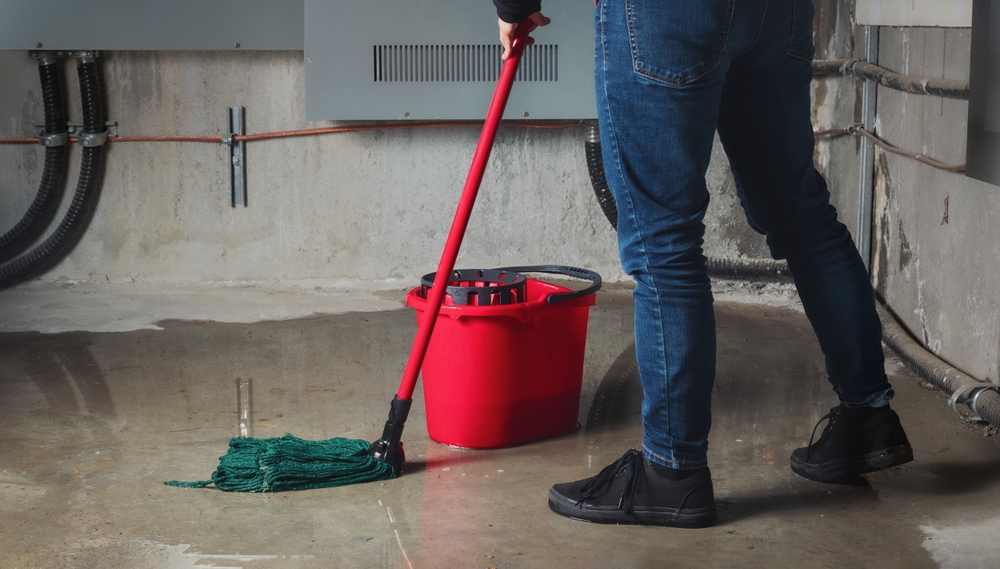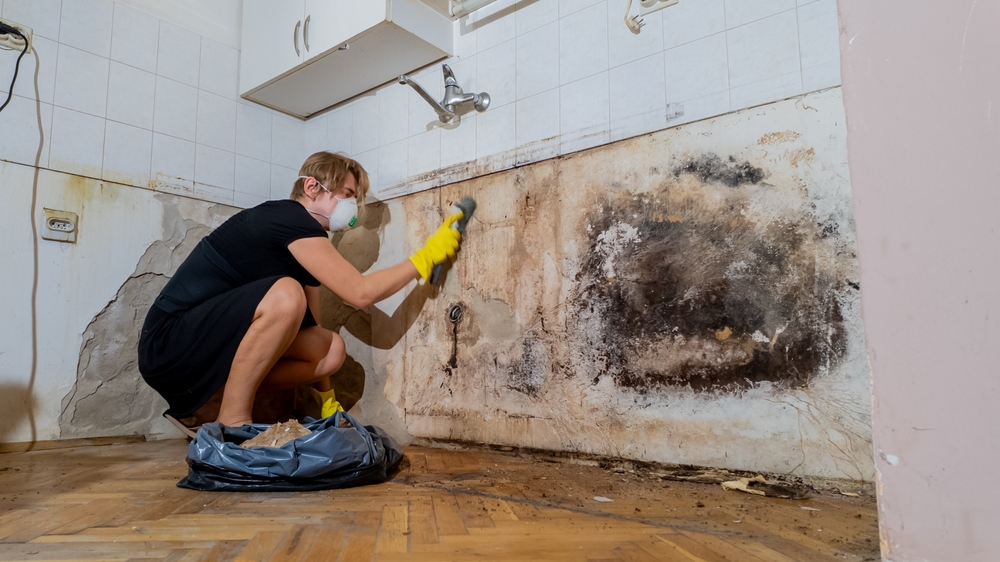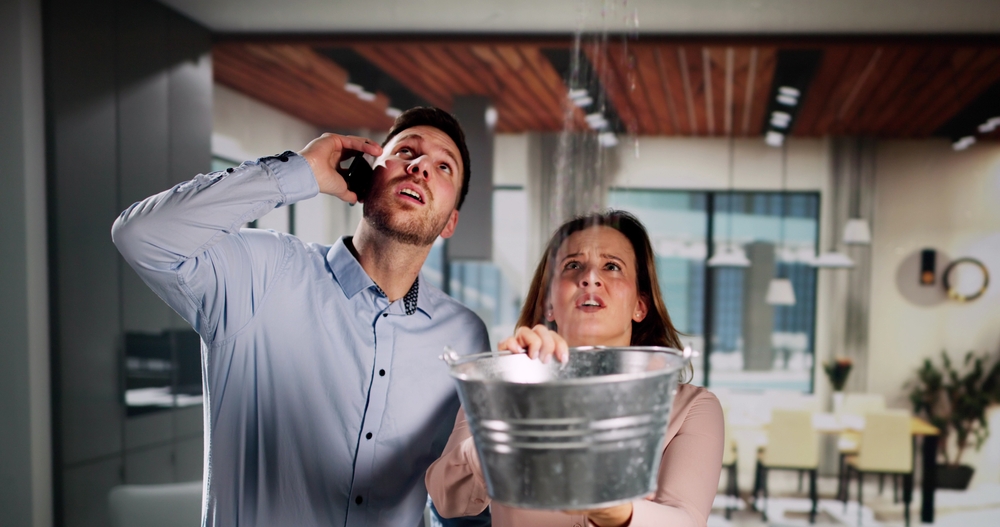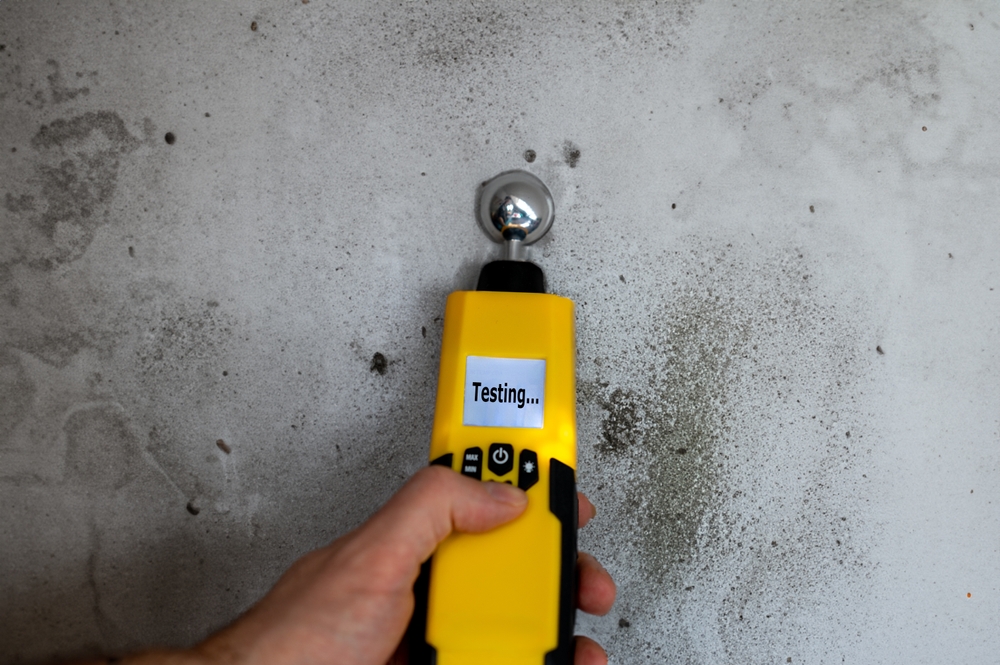Common Myths About Water Damage and Mold Growth
Serious problems that might compromise homes and health are water damage and mold development. Many times resulting from leaks, floods, or plumbing problems, water damage results from too much moisture invading a property. Conversely, mold development depends on moist surroundings and, if ignored, can cause structural damage and health issues. Dealing with water damage right away is essential to stop the conditions allowing mold growth. Still, many false ideas regarding water damage and mold exist, which results in pointless risks and inefficient remedies. This article offers practical advice and refutes popular beliefs.
Myth 1: “If I can’t see mold, it doesn’t exist.”
Many people believe that a hazard comes from mold having obvious presence. This view is dangerous as well as untrue. Often growing in secret places like behind walls, under carpets, under ducts, or in crawl spaces is mold. It does not follow that mold is absent just because you do not see it.
Hidden Mold: A Silent Problem
Mold loves dark, moist, poorly ventilated areas. For example, a leaky pipe behind a wall or a badly sealed window could provide the ideal conditions for mold to grow undetectably. Usually, the first indicators of hidden mold are musty smells, allergic reactions, or inexplicable medical concerns like respiratory problems.
The Role of Professional Inspections
Professional inspections are quite important in order to find hidden mold. To find undetectable to the human eye mold colonies, experts employ specialist gear including air sampling devices, infrared cameras, and moisture meters. Frequent inspections help to avoid major damage caused by hidden mold, particularly following events of water damage.

Myth 2: “Bleach is an effective mold killer.”
Although it’s a typical house cleanser, bleach isn’t a magic fix for mold. Its efficacy is restricted even if it would seem to eradicate mold on the surface.
Bleach and Non-Porous Surfaces
On non-porous surfaces such glass, tiles, and counters, bleach can be quite successful. It breaks the surface mold’s cell structure to kill it. On porous surfaces like wood, walls, and carpets, where bleach cannot reach, mold frequently thrives though.
The Problem with Using Bleach
On porous surfaces, bleach might just target the apparent mold, leaving the underlying spores unbroken. Worse, bleach contains water, which can soak into porous materials and promote more mold development. Using bleach without addressing the underlying cause of moisture can aggravate the situation rather than help it.
The Professional Approach
Expert mold removal transcends basic housekeeping. Specialists apply industrial-grade biocides and fungicides meant to pass through porous surfaces and eradicate mold at its source. They also deal with the moisture problems that let mold flourish, therefore guaranteeing a long-term cure.
Myth 3: “Drying out the water damage is enough to prevent mold growth.”
Although a necessary initial step is drying out water-damaged areas, it is seldom enough on its own to stop mold from growing.
Moisture Lingers in Hidden Areas
Moisture can linger in concealed places including wall cavies, subfloors, or insulation even after obvious water has been eliminated. Mold can begin to grow within 24 to 48 hours from this trapped moisture providing an ideal habitat.
The Role of Specialized Equipment
Good drying calls for more than just towels and fans. Essential equipment for eliminating extra moisture from the air and hard-to-reach areas are dehumidifiers, air movers, and moisture meters. These appliances lower humidity and guarantee complete drying of all impacted regions.
The Importance of Professional Intervention
Professionals are taught improved methods and tools to find concealed moisture. They guarantee that every inch of the impacted area is correctly cleaned and dried to stop mold development.
Myth 4: “DIY mold remediation is a good option.”
Many homeowners feel they can handle mold issues on their own with simple tools and house cleaners. DIY mold remediation can even be dangerous and usually useless, though.
Risks of DIY Mold Remediation
Inappropriate mold eradication can spew spores into the air, therefore contaminating other parts of the house. People run the danger of coming into contact with mold spores without appropriate protective gear, which can aggravate allergies, respiratory problems, and other medical conditions.
Lack of Specialized Knowledge
Eliminating obvious mold is only one aspect of the work involved. DIY projects could not be able to solve the underlying reason without knowledge of mold’s lifetime and the factors encouraging its growth. Inappropriate handling of mold-infested products can also cause cross-contamination.
The Value of Professional Expertise
Expert mold removal firms use rigorous procedures to securely and successfully eradicate mold. They use HEPA-filtered air scrubbers to clean the air, containment devices to stop spore dissemination, and specific cleaning solutions to destroy mold colonies. Their knowledge guarantees a complete solution safeguarding the property and its occupants.

Myth 5: “Water damage insurance will cover all costs.”
Although many homeowners believe their insurance will cover water damage repairs completely, this is not always the case.
Limitations and Exclusions in Policies
Policy limits and exclusions abound in water damage insurance policies. Damage from slow leaks or inadequate maintenance, for instance, might not be covered. Usually requiring supplemental flood insurance, flood damage is not covered by most home plans.
Understanding Your Policy
You really should go over your insurance coverage carefully and know what it covers. Important factors to take into account include whether your coverage addresses personal items, mold cleanup, or abrupt water damage. Certain policies can also have restrictions on the cost they pay for particular kinds of damage.
Prompt Action is Essential
Getting in touch with your insurance company right once is essential after water damage develops. Photographs and videos will help you to record the damage; also, keep track of any repair or interim accommodation charges. This will help to ease the claims procedure.
Conclusion
Complicated problems surrounded by ignorance are water damage and mold growth. Believing in stories like “Bleach is an effective mold killer” or “If I can’t see mold, it doesn’t exist” could cause expensive blunders. Protecting your property and health depends on quick addressing of water damage and consulting professionals.
De spelling these misconceptions enables homeowners to make wise choices. Understanding the dangers of do-it-yourself mold cleanup, insurance coverage restrictions, and the need of complete drying can help you to act early to stop mold development and reduce damage.
Don’t delay if you believe your house suffers from water damage or mold development. See a specialist for a customized inspection and remedial schedule fit for your situation. Save your house, health, and mental clarity right now.
Philadelphia Restoration Services
https://www.google.com/maps?cid=3399342399556699153
+1 267 668 0013
https://philadelphiarestorationservices.com/

